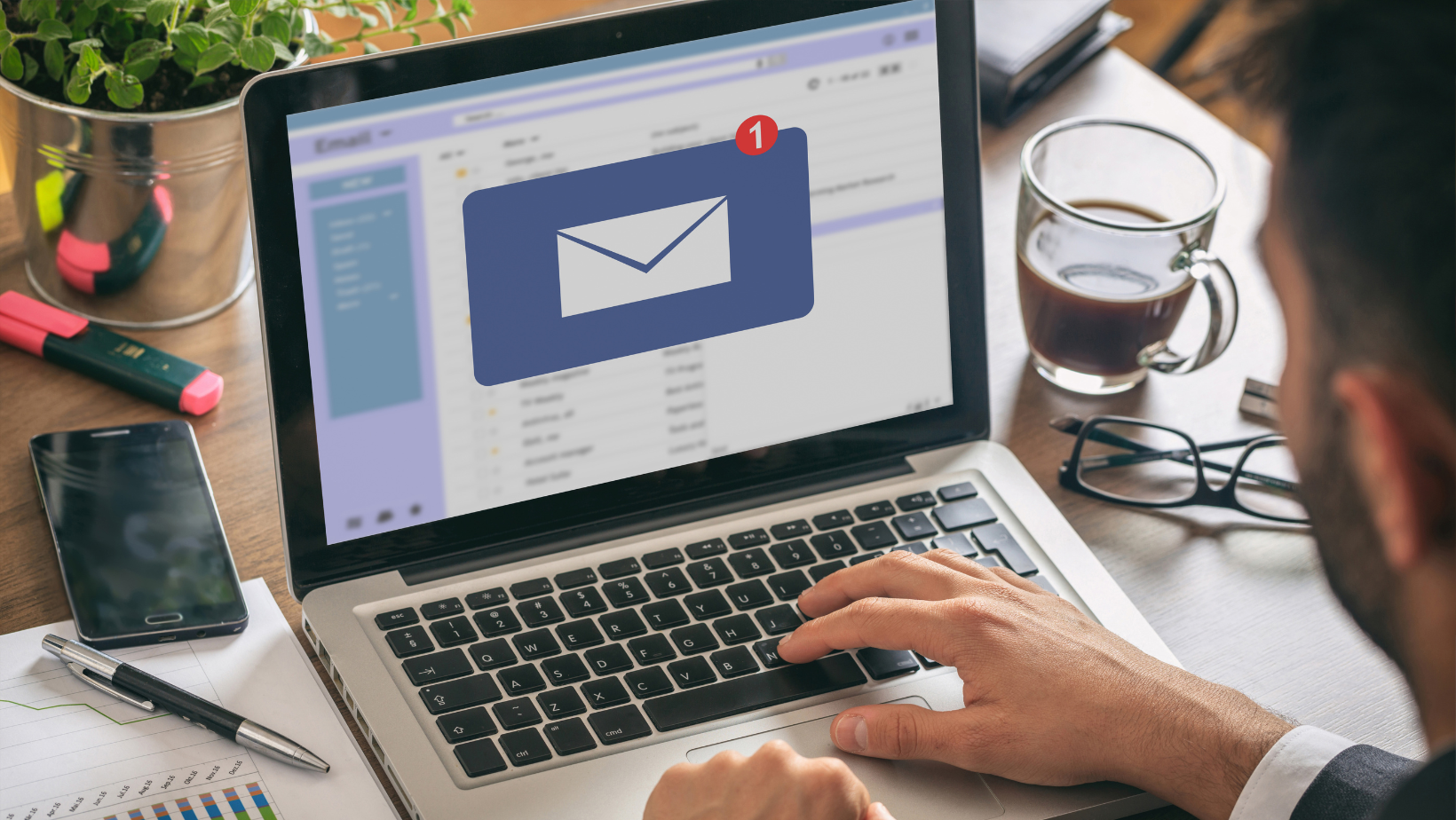The Art of Effective Email Marketing Campaigns

Inbox Impact
Navigating the Art of Effective Email Marketing
In the world of digital marketing, email remains a powerful and direct communication channel. Crafting effective email marketing campaigns requires a delicate blend of creativity, strategy, and data-driven insights. This blog explores the essential elements that make up the art of effective email marketing, helping businesses connect with their audience, build relationships, and drive meaningful results.
Understanding Your Audience
The foundation of any successful email marketing campaign lies in a deep understanding of your audience. Before drafting a single email, take the time to segment your email list based on demographics, preferences, and behaviors. Tailoring your content to specific segments ensures that your messages are relevant, resonant, and more likely to capture the attention of your recipients.
Compelling Subject Lines
The subject line is the gateway to your email. Crafting compelling and intriguing subject lines is crucial for enticing recipients to open your emails. Whether it's creating a sense of urgency, posing a question, or offering a solution to a problem, your subject lines should be concise, engaging, and aligned with the content inside.
Personalization and Customization
Personalization goes beyond addressing recipients by their first name. Leverage data to personalize content based on the recipient's preferences, previous interactions, and purchase history. Tailored content fosters a sense of connection, making your audience more receptive to your messages.
Clear and Engaging Content
Once your email is opened, the content must captivate and convey your message effectively. Keep your messaging clear, concise, and focused. Use engaging visuals, compelling copy, and a well-defined call-to-action to guide recipients towards the desired outcome, whether it's making a purchase, signing up for an event, or downloading content.
Mobile Responsiveness
In an era where mobile devices dominate, ensuring that your emails are mobile-friendly is non-negotiable. A responsive design guarantees that your emails display seamlessly on various devices, enhancing the user experience and increasing the likelihood of conversions.
Strategic Timing and Frequency
Timing plays a crucial role in email marketing success. Pay attention to the day of the week and time of day when your audience is most active. Experiment with different send times to find the optimal schedule for your target audience. Additionally, be mindful of email frequency to avoid overwhelming subscribers and risking unsubscribes.
A/B Testing
Email marketing is an iterative process, and A/B testing is a valuable tool for optimization. Test different elements such as subject lines, content, images, and calls-to-action to identify what resonates best with your audience. Use the insights gained from A/B testing to refine and improve future campaigns.
Building Trust Through Consistency
Consistency is key in email marketing. Maintain a consistent brand voice, design elements, and frequency of communication. Establishing trust with your audience takes time, and a consistent approach builds credibility, making recipients more likely to engage with your emails and take desired actions.
Segmentation and Automation
Take advantage of email marketing automation to streamline your campaigns and deliver targeted messages at the right time. Set up automated workflows based on user actions, such as welcome emails, abandoned cart reminders, or post-purchase follow-ups. Segmentation and automation work hand-in-hand to deliver personalized content efficiently.
Measuring and Analyzing Performance
Data is the compass guiding your email marketing strategy. Regularly analyze key performance indicators (KPIs) such as open rates, click-through rates, conversion rates, and unsubscribe rates. Use this data to gain insights into what works and what needs improvement, allowing you to refine your strategy for future campaigns.New Paragraph
Mastering the art of effective email marketing campaigns involves a strategic blend of creativity, data-driven insights, and a commitment to building meaningful connections with your audience. By understanding your audience, crafting compelling content, leveraging personalization, and embracing optimization techniques, you can create email campaigns that not only capture attention but also drive engagement and conversions. As the digital landscape evolves, the art of email marketing remains a timeless and impactful tool for businesses seeking to foster lasting relationships with their audience.











